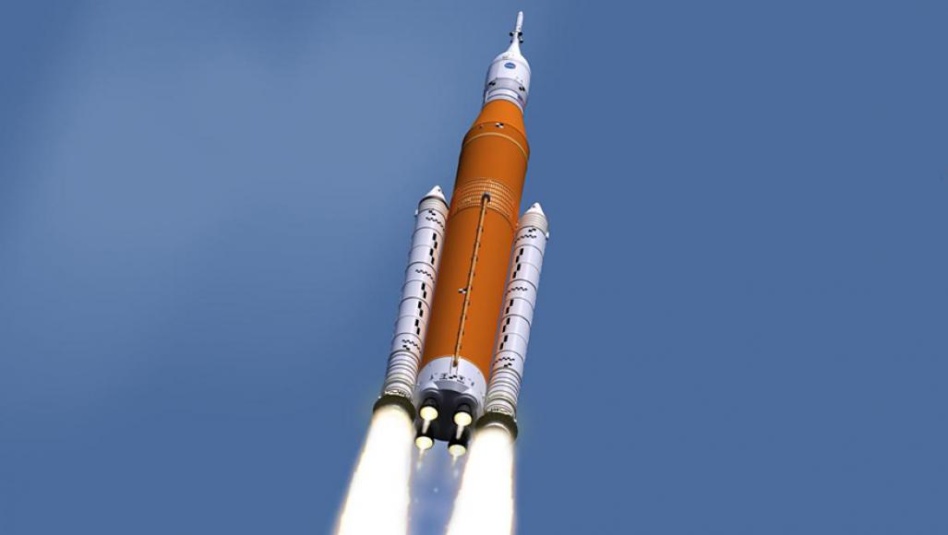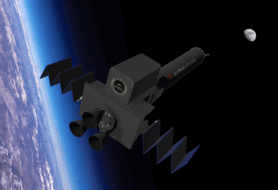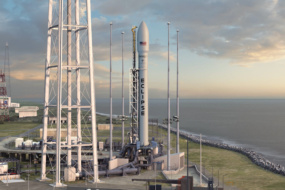NASA’s Office of Inspector General (OIG) issued a scathing report yesterday on the cost overruns in the engine and booster contracts under the Artemis SLS program. The report revealed $23.8B of total SLS expenses since 2012, resulting in a dizzying $4.2B cost per launch.
Over the Moon: SLS is an expendable heavy-lift rocket designed to launch astronauts to the Moon on NASA’s Artemis missions. The NASA-funded launch vehicle but was set back by six years of delays and $6B of cost overruns on booster and RS-25 engine contracts alone.
In its no-holds-barred report, NASA’s watchdog office took aim at the SLS’s heritage design and cost-plus contracts.
Heritage design: In an attempt to minimize expenses, in 2011, Congress directed NASA to design SLS with adapted Shuttle-era Northrop Grumman and Aerojet tech. NASA spent $581M to recertify and deliver 16 RS-25 engines, and so far has only received five for its investment.
Cost-plus contracts: NASA funds SLS largely through cost-plus contracts, which means the space agency maintains max control and ownership over the design but bears all cost overruns. So, when Northrup and Aerojet overspent, sometimes by twice the budget, NASA was forced to foot the bill.
In recent years, as the commercial space industry has matured, NASA has moved to awarding more fixed-price contracts—for example, through its Starship and Blue Moon lunar lander contracts. In its recommendations, OIG suggested exploring whether RS-25 Aerojet engine production could be adjusted to a fixed price to cap further agency risk.
- In a response to the OIG report, NASA pushed back against this suggestion, since the 11 engines in question are now nearly complete.
Other OIG criticism included inadequate management, procurement staffing shortages, poor negotiating, and millions of dollars of questionable contractor payments.




